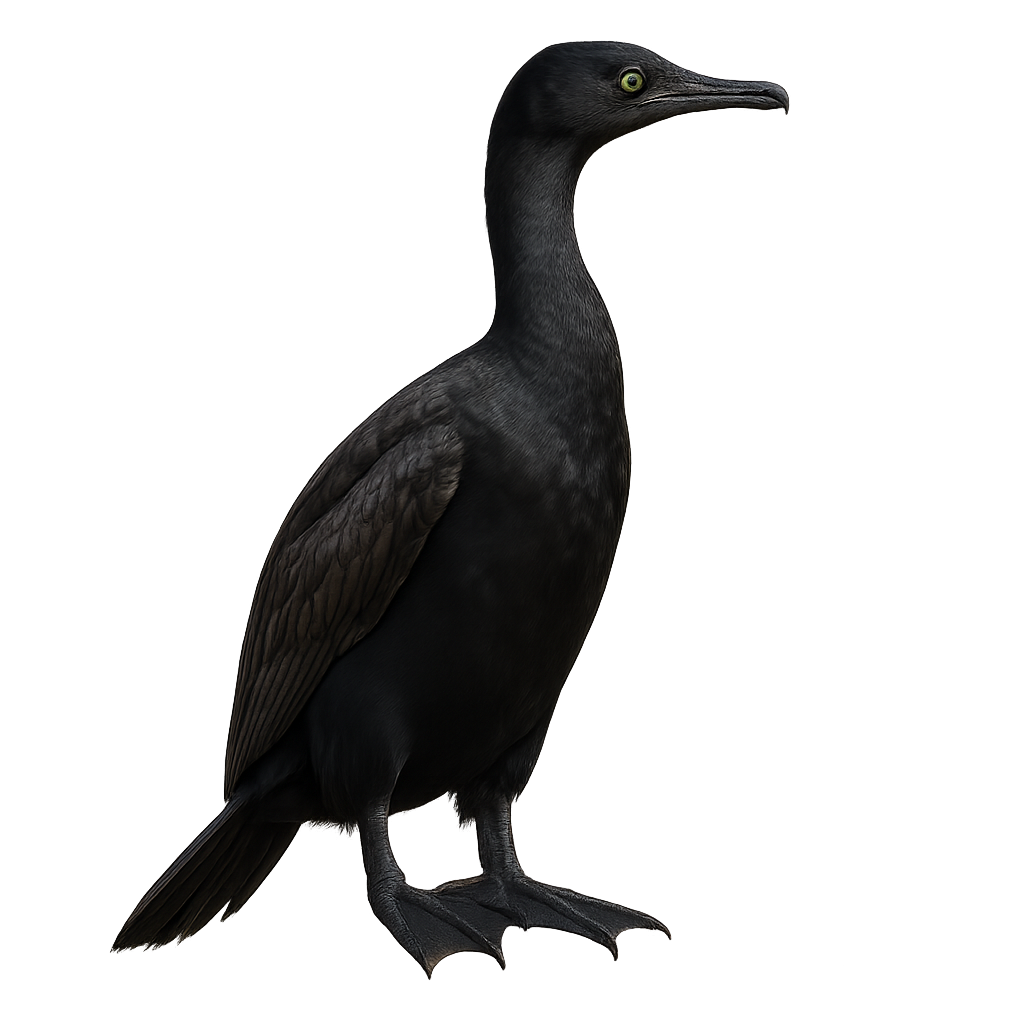Your wildlife photography guide.
Explore the bank cormorant in detail, study its behavior, prepare your shots.
Where to observe and photograph the bank cormorant in the wild
Learn where and when to spot the bank cormorant in the wild, how to identify the species based on distinctive features, and what natural environments it inhabits. The WildlifePhotographer app offers tailored photography tips that reflect the bank cormorant’s behavior, helping you capture better wildlife images. Explore the full species profile for key information including description, habitat, active periods, and approach techniques.
Bank Cormorant
Scientific name: Phalacrocorax neglectus

IUCN Status: Vulnerable
Family: PHALACROCORACIDAE
Group: Birds
Sensitivity to human approach: Suspicious
Minimum approach distance: 20 m
Courtship display: September to November
Incubation: 28-30 jours
Hatchings: September to December
Habitat:
Rocky coasts, islands, cliffs
Activity period :
Primarily active during the day, with peak activity in the morning and late afternoon.
Identification and description:
The Bank Cormorant, or Phalacrocorax neglectus, is a medium-to-large, stocky marine cormorant, endemic to the kelp forests of the Benguela Current along the coasts of Namibia and South Africa. A rare and elusive resident, it is slightly larger and thicker-necked than the Cape Cormorant. Adults show a black throat patch (not orange) and honey-brown eyes, giving them a plain facial appearance. The head is rather flat with a low crest that may appear as a bulbous forehead. In flight, it resembles the Cape Cormorant unless the characteristic white back—seen mostly during breeding—is visible. Immatures are duller but retain the adult’s typical shape. Best observed at roosting sites.
Recommended lens:
400mm – adjust based on distance, desired framing (portrait or habitat), and approach conditions.
Photography tips:
To photograph the Bank Cormorant, it is advisable to use a telephoto lens of at least 400mm to capture detailed images without disturbing the bird. The best opportunities arise early in the morning or late afternoon when the light is soft and flattering. Look for colonies on rocky islands or coastal cliffs, and be prepared to adjust your position for the best angle. Patience is key, as these birds can be suspicious.
The WildlifePhotographer App is coming soon!
Be the first to explore the best nature spots, track rutting seasons, log your observations, and observe more wildlife.
Already 1 439 wildlife lovers subscribed worldwide

